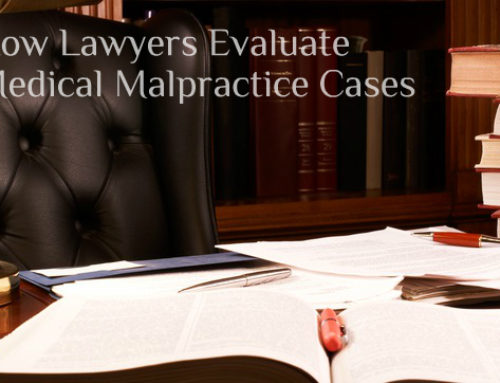In these unprecedented times, courts have limited resources for both civil and criminal matters, at times they get overwhelmed and cases face delays. How do those delays impact the statute of limitations on personal injury cases?
For the most part, this seems like a question with a simple solution. The statute of limitations applies to the filing of a case, not it’s conclusion. Filing doesn’t require time from the courts themselves.
That isn’t the end of the discussion, though. New information is often turned up during the course of a case and some changes to filing documents have their own timelines.
In Maryland, the three-year statute of limitations for an initial filing can be extended under certain circumstances.
Filing Extensions
Some extensions are linked to the identity of the victims listed the filing.
For example, injuries sustained by a minor (under 18) and before puberty (11 or so) are given extensions that restart the filing clock. This is to accommodate that the onset of an injury may not be noticeable, depending on the injury, until a certain age or maturation of the body would be expected.
If an injury disables a person or puts them into a state where they are declared incompetent for legal standing, the clock doesn’t start until they are considered recovered. Depending, cases may be brought on their behalf if they are considered non-responsive.
Declaring someone non-responsive and legally incompetent to stand are two different things.
If a defendant (those at fault for the accident) are unable to served by means of hiding or fleeing a jurisdiction, the clock doesn’t start until they are found or contacted. This also applies to instances in which a defendant conceals the injury (for wards and parents) or is unidentified (such as a hit and run driver).
Discovery Rules
The courts are not responsible for timelines in other places. They do, however, have methods for establishing the start of the limitations clock.
If a person suffers an injury but is unable to detail the cause, the clock doesn’t start until the inciting incident or the exact injury is found. This covers issues with a backed up medical system or an ongoing investigation into a cause.
This discovery rule starts the clock at the time it can be reasonably known that details on an injury.
This both helps a victim to prepare a case and not go in with incomplete information and assists the state in avoiding retrying cases for issues with incomplete knowledge.
The dangerous of asbestos or those of a new medical procedures, can take time to uncover.
Find Answers
Even though statute of limitations has some leeway, it’s better to get started on discovery and n investigation into an injury sooner than later. If you have been injured but are uncertain exactly how or what the cause was, you have time to consider.
Contact us to learn more about your options and find out if there is known information on your issues. We’re here to help.













